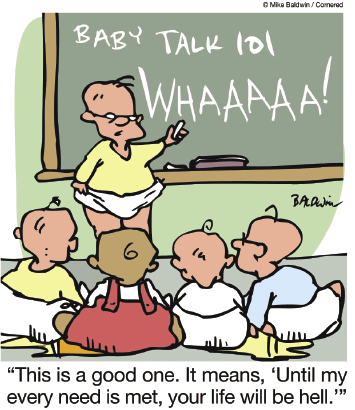
Edward Sapir and Benjamin Whorf collectively came up with a hypothesis supporting linguistic relativism known as the Sapir-Whorf hypothesis. Since this hypothesis has been proposed, it has come under harsh scrutiny by the scientific community. One of the most highly contested issues concerned the Hopi language. It was proposed that since the Hopi language did not have immediately obvious words to describe time, speakers of this language did not have the same conception of time as speakers of English or other European languages.
Ekkehart Malotki criticized this viewpoint of the Hopi language in his book Hopi Time. He was able to show that although the Hopi language did not have exactly the same words for time as the English language, it did have other words and word forms that expressed a concept of past, present and future. Other studies have similarly confirmed his result and thus refuted relativism.
Due to the presence of significant scientific evidence, it is my personal belief that language does not dictate perception. Our innate cognitive mechanisms contribute to our perception, and these are not determined by the language environment in which we are raised. Language may influence how we communicate our thoughts, but it does not change our ability to think.
References
Linguistic Society of America. 2016. "Language and Thought." http://www.linguisticsociety.org/resource/language-and-thought (accessed November 14th, 2016)
Malotki, Ekkehart. 1983. Hopi time: A linguistic analysis of the temporal concepts in the Hopi language. Vol. 20. Walter de Gruyte.




